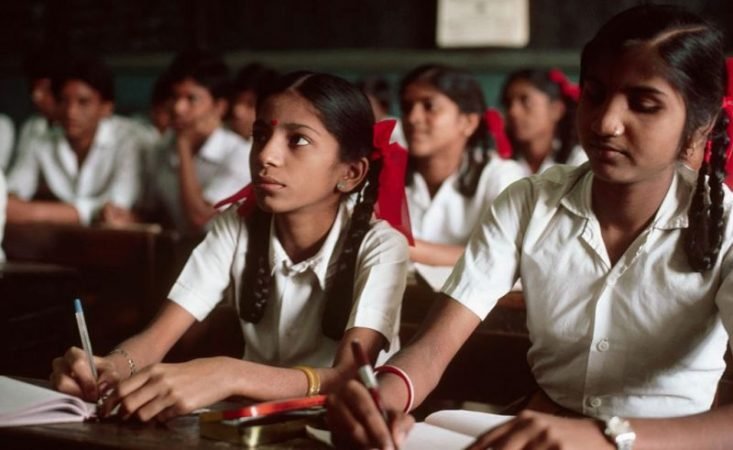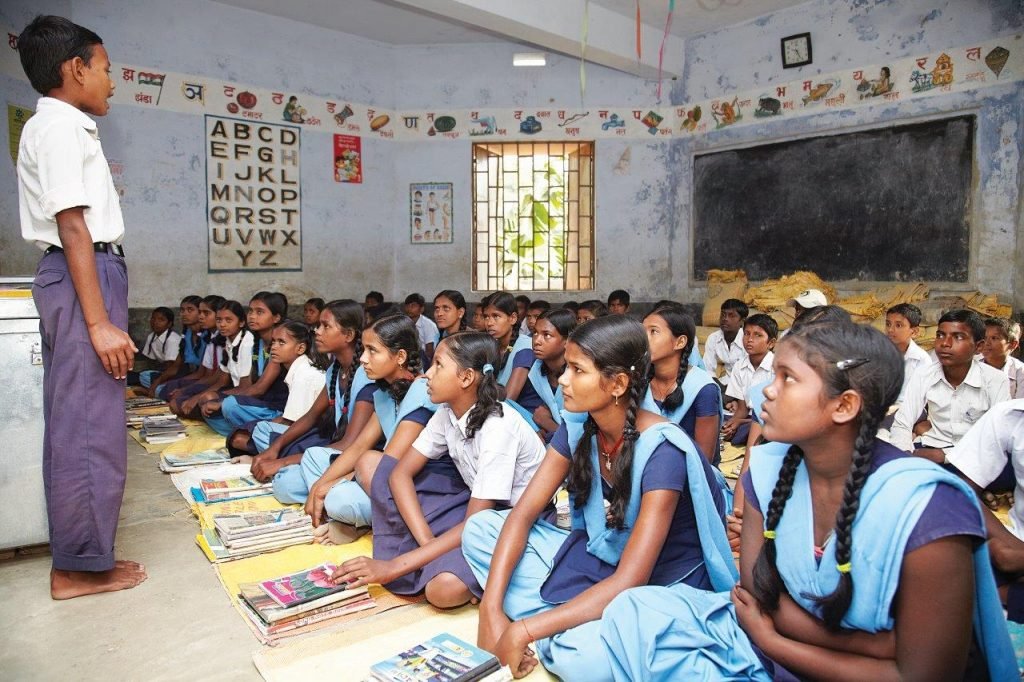Aspirations, Education and Social Mobility

Former South African President Nelson Mandela once said, “Education is the most powerful weapon which you can use to change the world.”
Education plays a crucial role in developing an individual’s perspective to deal with real-life problems. However, it is alarming to evidence how education nowadays is synonymously used to the money-making business especially within the socially backward countries of the world. While it is true that education pays off, the quest for instant returns is something that affects the education of girls the most. In many regions, girls are looked upon as an economic burden for the family and therefore her education has been one of the highly contested topics since past many years. Owing to the recent efforts, schemes such as “Education for all,” “Mid-day Meals,” “Free Primary Education for Girls” government has been slogging to bring about a change in the ancient ideologies, patriarchal societies prevailing in countries such as India, Afghanistan, Pakistan, Yemen, Guatemala do not let their purpose achieve its apex and continue to treat boys superior to girls.
Social mobility is a crucial determinant that influences the decision-making ability of the families in most of the matters. An article in The Guardian rightly points out, “Everyone agrees that hard work plays an important role in determining one’s success; the enemies of social mobility are abundant and powerful where extreme inequality, exploitative employers and detached elites take over.” What surprises me is the fact that even an elite nation like the United Kingdom could be a victim struggling hard to change its industrial cum education models to overcome the challenges posed by modernisation.
The author Peggy Froerer through her work, “Learning, Livelihoods and Social Mobility: Valuing Girls Education in Central India” has tried to explore the relationship between aspirations, education and social mobility via the everyday experiences of tribal (Adivasi) girls living in Mohanpur- a rural village in Chhattisgarh, India. Her aim is to cast light upon the difference in aspirations between the people belonging to old and younger age brackets with an understanding of how a girl’s aspiration for education alters due to the slightest change in her surroundings.
The author uses the following case study to elaborate about the reasons that demarcate young tribal girls from their fundamental right to Education, discusses how there has been no change in the static mind-set of tribal communities even after so many years.

Case Study: Tribal Girls, Education & Social Mobility
The tribal community has always been the ‘marginalised’ section of the society, their natives referred to as ‘achuts’ in the local language. Tribals depending upon agriculture as their primary source of income; have little incentive to consider education as an essential requirement for girls.
Education in their understanding remains confined to the ability to read and write where people consider the idea of ‘parhai-likhai’ with a sole motive to resist others from cheating on them especially during the paperwork of their agricultural lands, for which passing class 5 would suffice. Even if a girl, fortunately, manages to step out of the village for higher education she is hindered by the backward “tribal” status which includes the way she walks, talks and dresses herself which hiders their path to success. Therefore, educating a girl above 5th standard is viewed as an utter wastage of time.
Another dimension is the picture of an ideal girl carried by each and every family of the community. As per a recent report published by UNICEF, girls miss out opportunities to boys in matters concerning social or community decisions. Most people allow their daughters to study as far as they are able to fulfil their traditional gender roles i.e. to take care of the house, make food etc. This is because they feel a girl who cannot fulfil her responsibilities is a failure in life, what she aspires to be no one talks about!
With regards to the above debate, economic constraints pose further resistance. It is here that the size of the family acts as a tangible factor deciding the fortune of most of the tribal girls. Due to the limited availability of funds, the bread earners of the family calculate the number of hands for doing labour (labour as in muscle work and handling home) which decides whether the girl can go to school or not. In any case, if he finds less number of people available than required, the child’s education immediately comes to a halt. The second aspect behind their mindset is the future prospect for girls’ marriage. This is because they consider it better to invest money in a girl’s marriage rather than burning it for her education because anyways she will be expected to excel as a homemaker after marriage.
Aspirations for higher education are also influenced by the proximity of educational institutions that acts as a barrier for most of the population residing in the suburbs. The fact that not all the villages have access to higher secondary education, even if a girl’s family consents to continue the education they back out due to the relative risk involved in travelling to the main city. Notwithstanding the inconvenience posed by this distance, adults recognise the opportunities for education-related social mobility virtually unattainable for their daughters.
Likewise, it would be correct to infer that girls’ education is seen more as a form of cultural capital which helps secure a decent marriage proposal rather than a mandate for survival. A girl who has passed Class 5 and is well off in managing the home is a perfect bride to be, anything below/above is either illiterate/over-educated. What is ironical to their ideology is that they don’t face much social, economic, proximity resistance in terms of primary education of girls, however, these factors become a great deal once the question of higher education sets upon.
In the prescribed article, the author stresses upon how the ‘Qualitative stuff of social mobility’ has been highly neglected in the sense that the aspirations, experiences and expectations of girls are taken over by the community and family further governed under social and economic institutions. She explains the statement by describing the school as a matter of contradiction between local parents and their daughters- where girls consider the school as a liberating force that gives them a holiday from all the household chores, a get-together with friends with an enhanced knowledge versus the elders who consider schooling’s practical experience is irrelevant within their lives.


















